The lovely people at the Ming Nuojin hotel got us a taxi to the fort (guancha), and I now know three words in Chinese. It should have cost us about £30 to get in but, being “old” we got in for nothing. An open-air shuttle bus took us quite a long way from the Visitor Centre to the East Gate of the fort, past the lake that Mildred Cable mentioned in her book. We then spent a happy three hours wandering round the fort together with thousands of other people.
The fort was built on the Great Wall in 1495 by the Ming Dynasty to block the gap between the Qilian mountains to the north and the Hai mountains to the south. The pass was known as the Hexi First Pass. The city was built 168 years later as a key stop on the Silk Road.
The first site of interest was the East Gate. It is the main entrance to the fort and the tower is supported by 36 square logs. We then went to see the Guard Temple, built in 1506, which has three walls inside showing paintings about the Three Middle Kingdoms. The Stage, where plays were performed by travelling groups of actors who travelled round the oases of the Gobi was where we saw a play in 2018 but nothing was happening today. It was rebuilt in 1792 in the 57th year of Emperor Qianong of the Qing Dynasty. The stage has three walls of which the middle depicts the Eight Immortals. The frescoes on the side walls are said to illustrate the performances of stories of sadness, goodness, separation and happy gatherings but also describe different types of people including the wise, the loyal, the foolish and the traitor. They can be identified by their make-up in the plays.
We then saw the Guanghuamen Gate but the explanation is translated so badly that I have no idea what it says. The General’s Residence is said to be the “Mansion of the Guerrilla General”. The West Wing was the butler’s residence while the guards of the gates lived in the East Wing. The Wu Hall was part of the West Wing and included a military defence chart and a map showing the Ming Dynasty’s beacon towers on the Great Wall. One of the halls shows a life-sized model of the Guerrilla General consulting with military and civil officials. A hall in the East Wing shows a footman stoking the fire and maid rolling the dough strips.
The Riding Track had the dual purpose of allowing horses to travel down from the wall and thence to the Jiayuquan city, or, if the enemy managed to get into the fort, rolling down stones onto them. We walked up the Riding Track to the Jiayuquan Pass Tower which was built in 1495 and in 1873, the name “The First and Greatest Pass Under Heaven” was inscribed on it. We noticed a row of plinth stones and cannons on the inner wall of the fort, A Watch Tower, also called the Garrison Tower, was set up on the four corners of the inner wall and was where sentries could keep watch for signs of attack from four directions. The Nandi Tower was built in1506 and was a rest room for soldiers and a store for weapons.
We then descended from the fort walls and passed through the West Gate, which opened out into the desert. Criminals were punished by ejection into the desert from the fort through this wall and, at one time, it had the slogan “Abandon hope all who pass through here” inscribed on the wall. When Cable and French passed through for the first time in the 1920’s, they were implored by a soldier not to go out into the desert which was the haunt of demons. The ruts in the flagstones of the floor were made by millions of Silk Road carts over the centuries.
We then walked out of the fort to visit the Silk Road Museum. The Great Wall was started in the 7th century BC during the Spring and Autumn Period in the Chu Kingdom where a square city was built. About 25,000 kms of wall was built over the following 2,000 years. During the Warring States period, the seven kingdoms built their own section of the wall and only after the Chin Dynasty united the kingdoms in 221 BC was a uniform method of construction adopted. Over the years, the Wall was transformed from an earthen rampart into a stone wall with trenches, battlements, watch towers and forts. In 1372, the Chinese reached the westernmost part of the empire at a point to the west of Jiayuquan where the wall stops at the top of an 82-metre cliff overlooking the Tae Lai River. In 1539, the First Beacon Platform was built in this place.
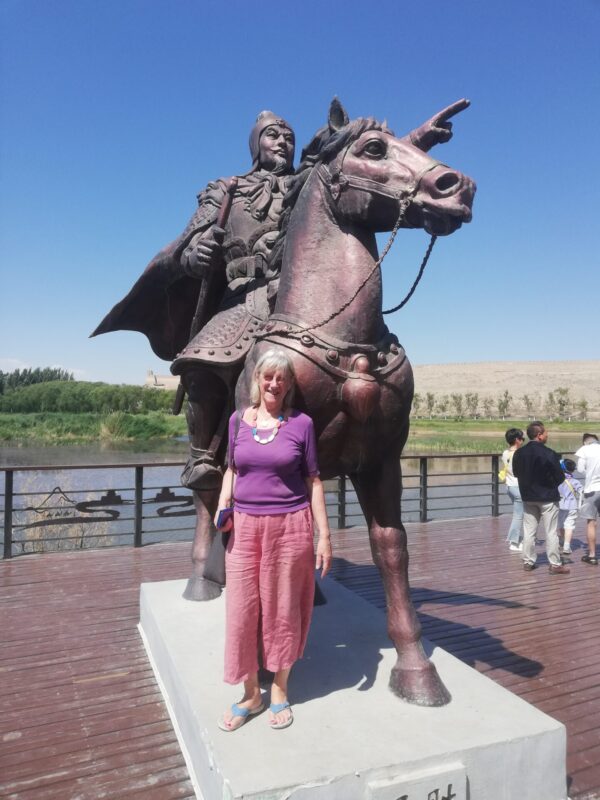
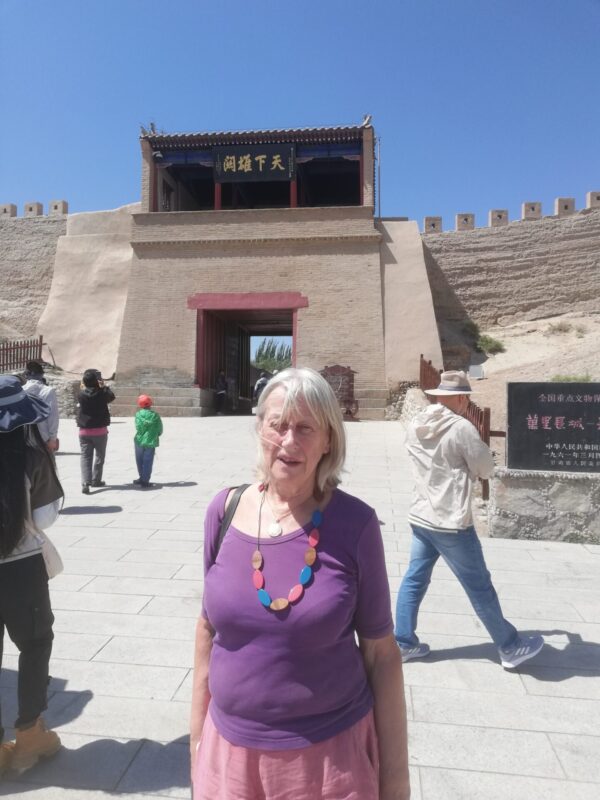
The East Gate
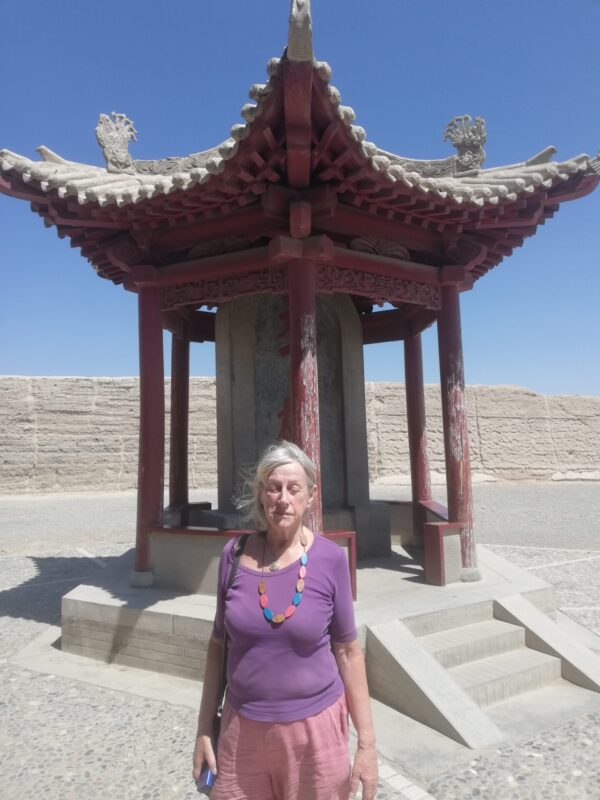
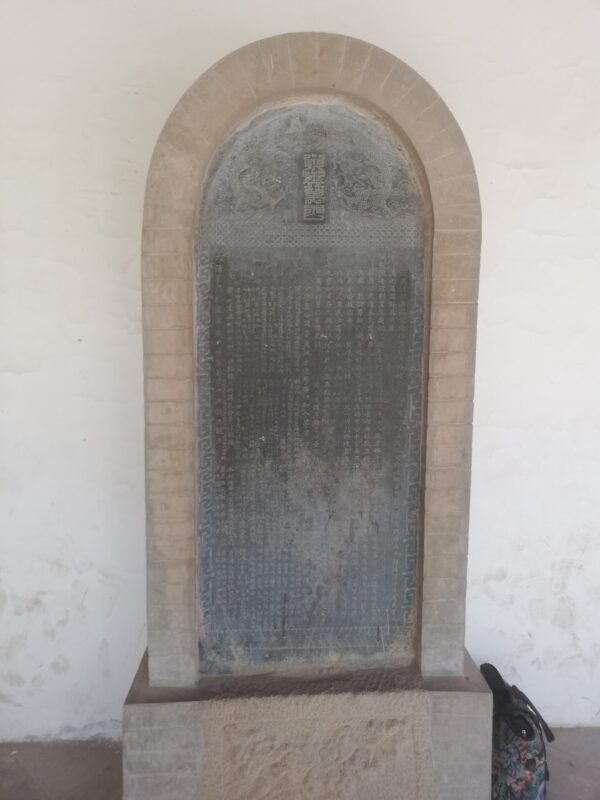
An ancient stele

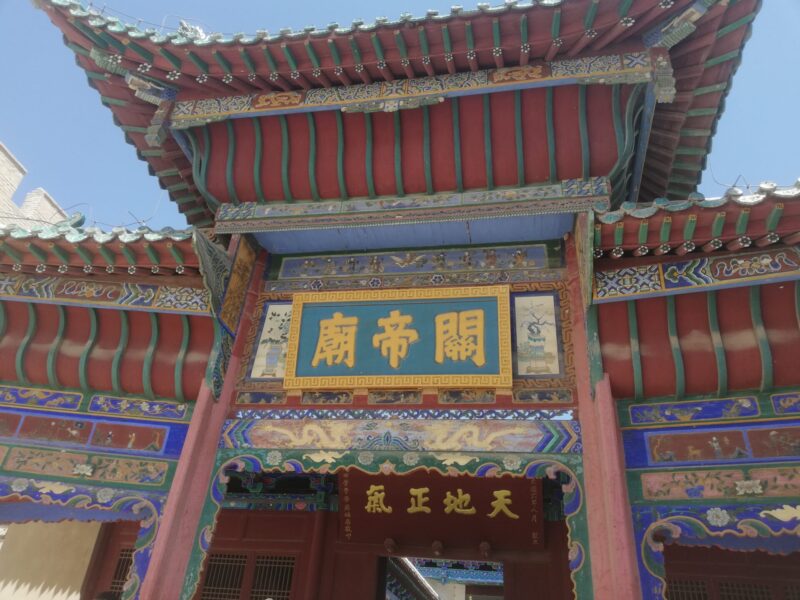
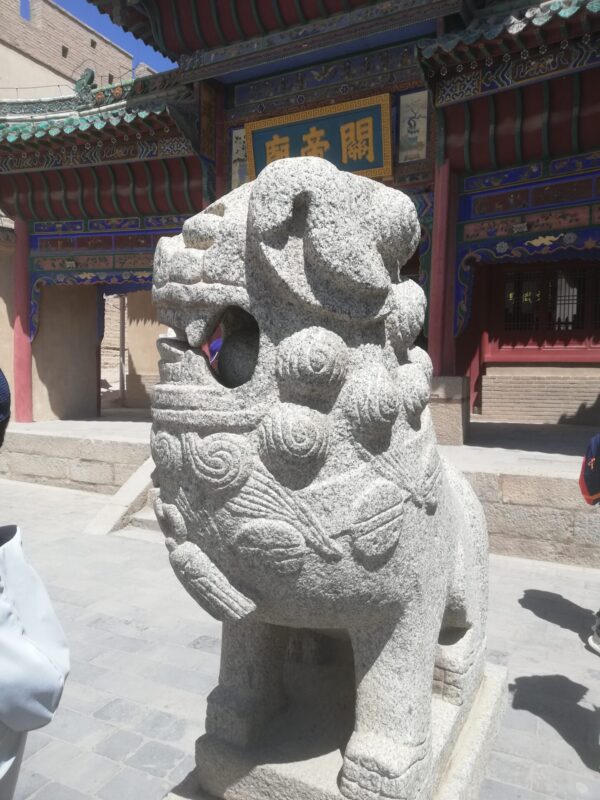
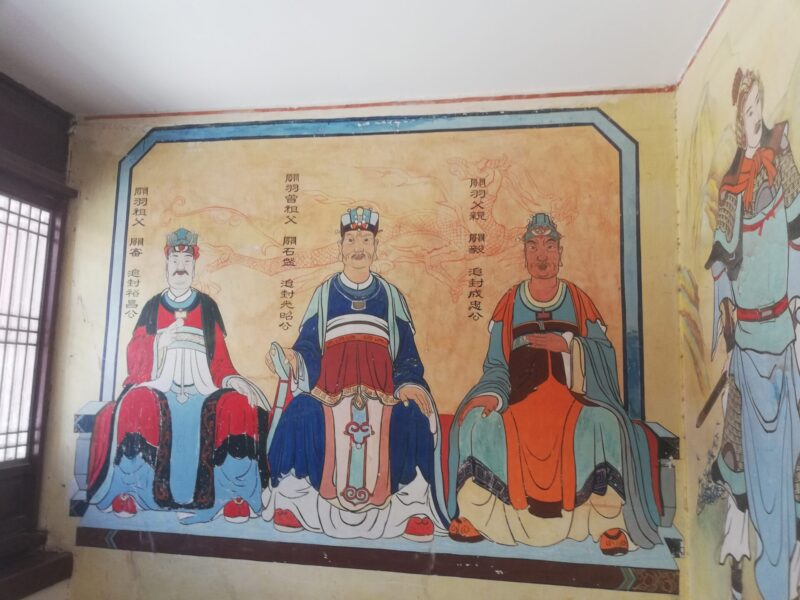
Frescoes in the West Wing
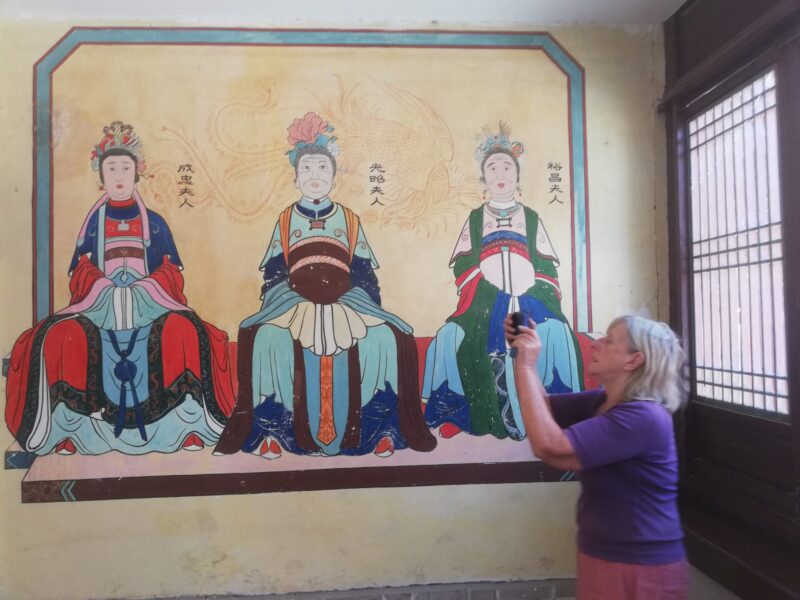
Frescoes in the West Wing
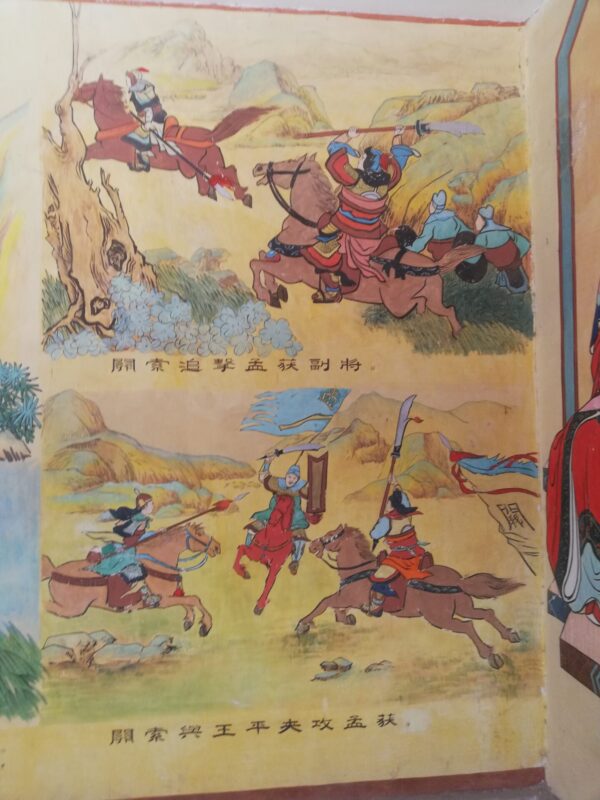
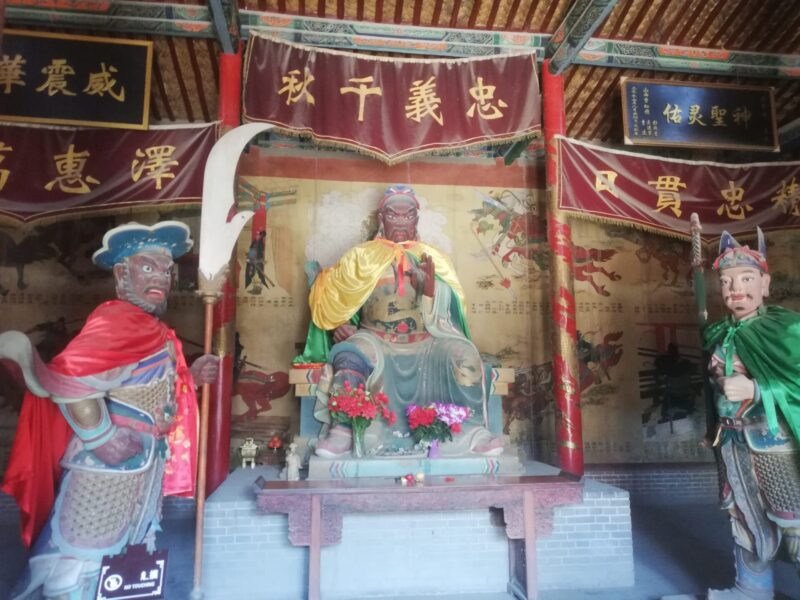
The Guerrilla General
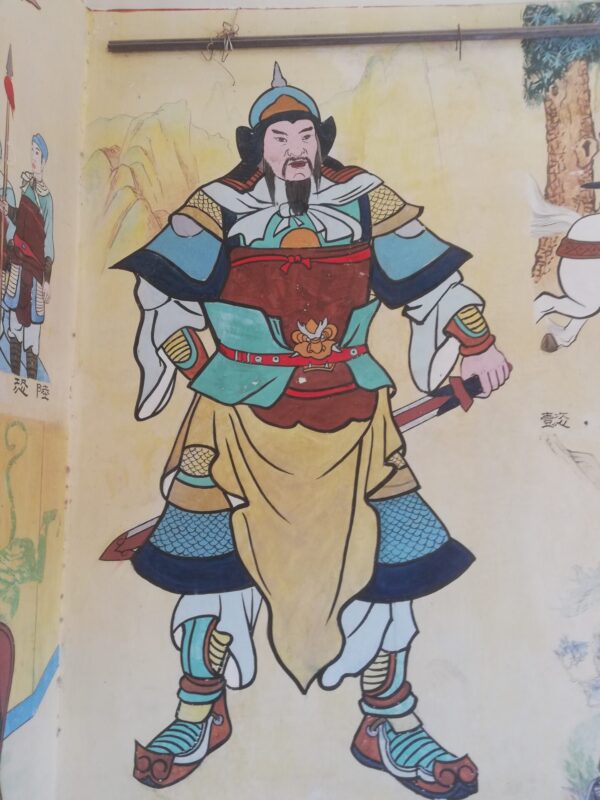
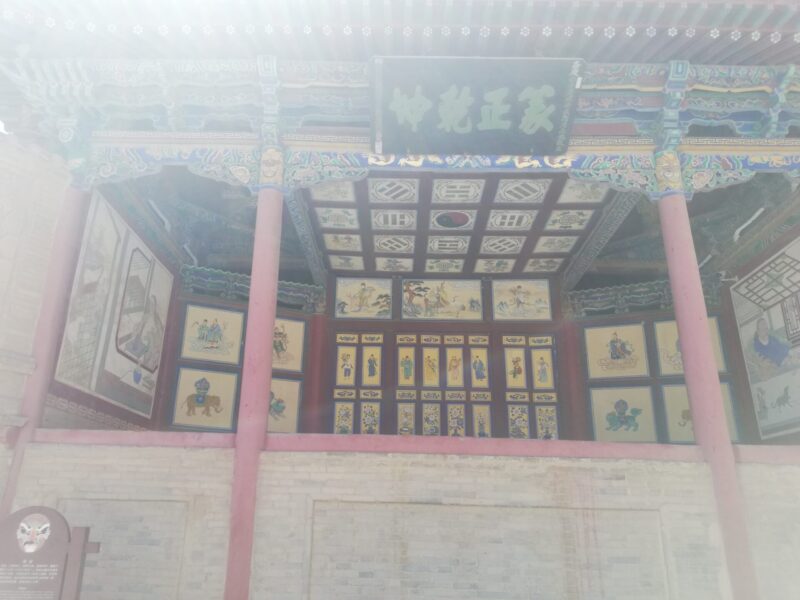
The Stage
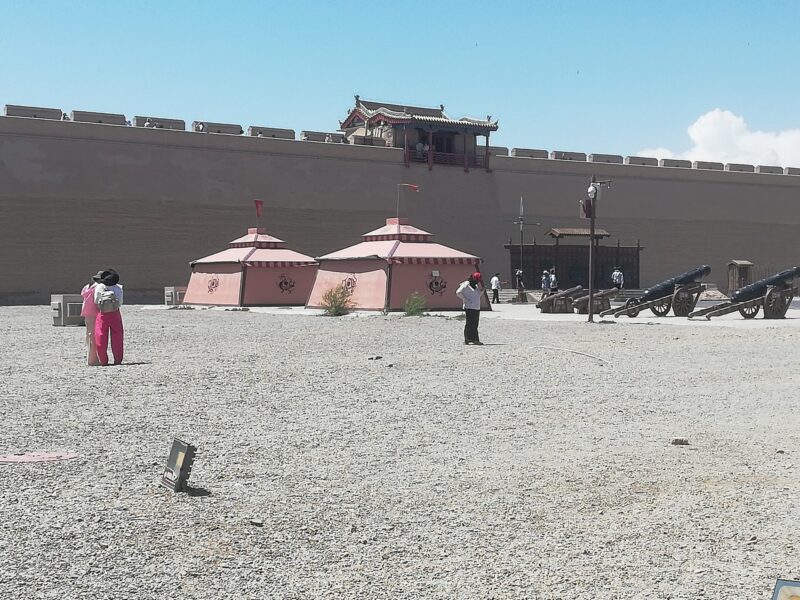
The Jousting Ground

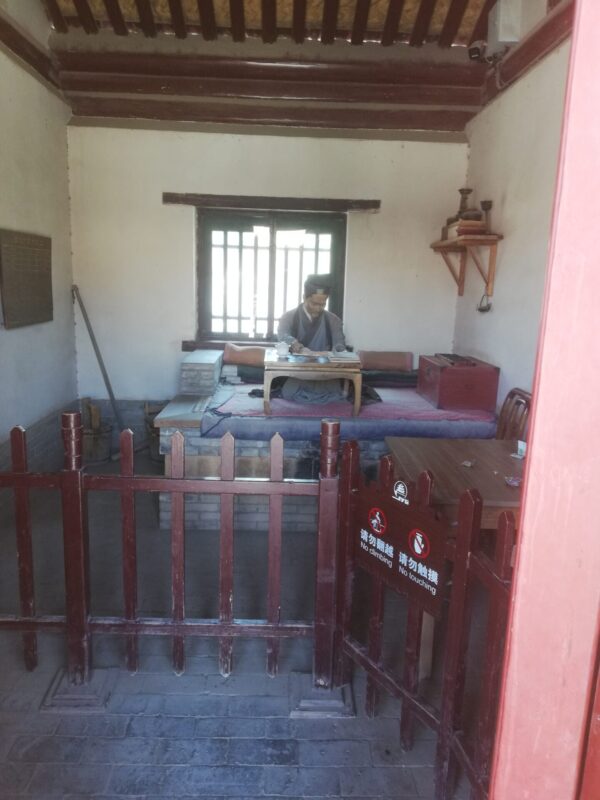
The butler
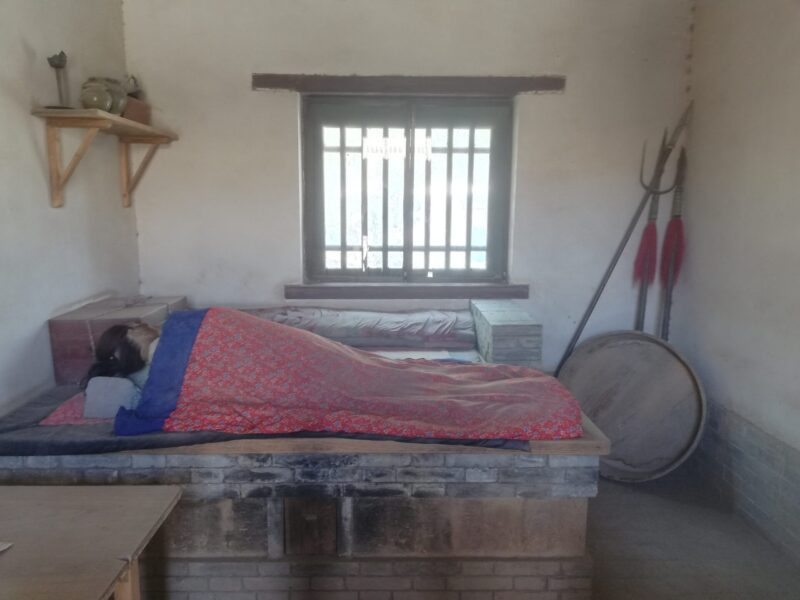
The sentry
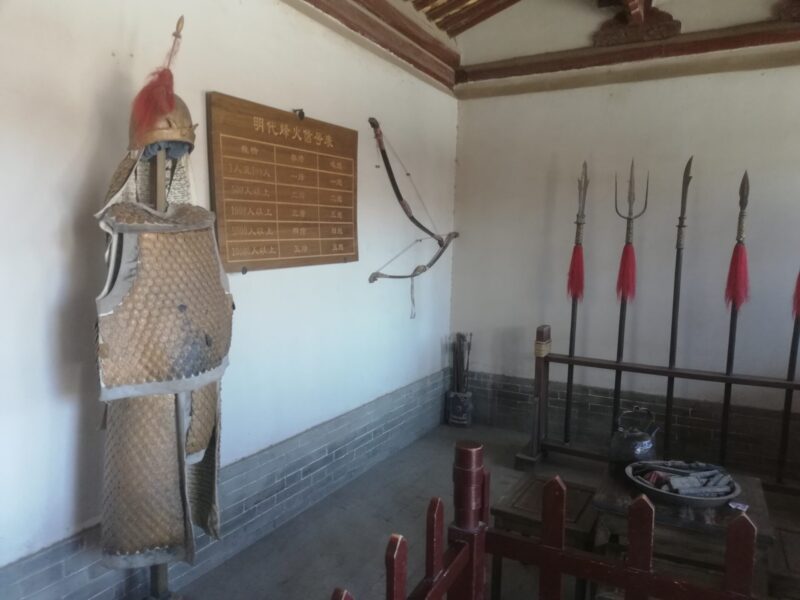
The armoury
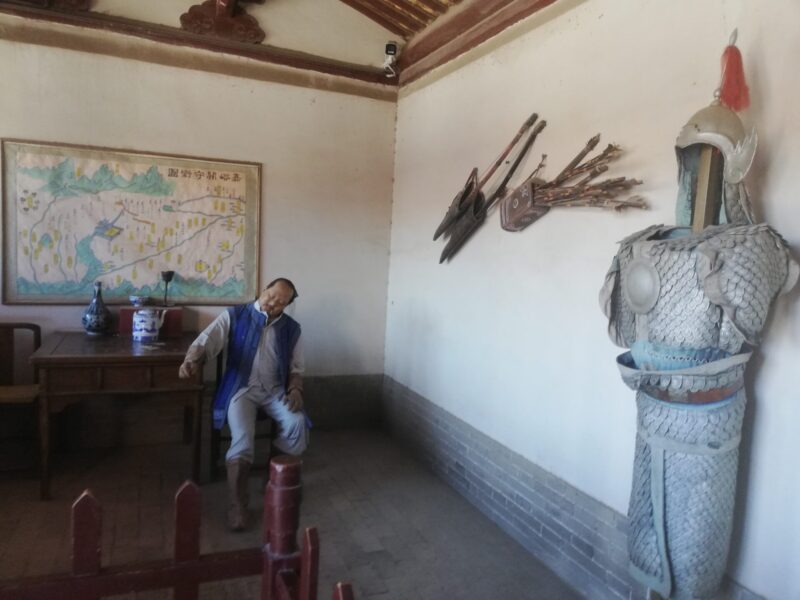
The Wu Hall of the West Wing

The Guerrilla General and his advisors
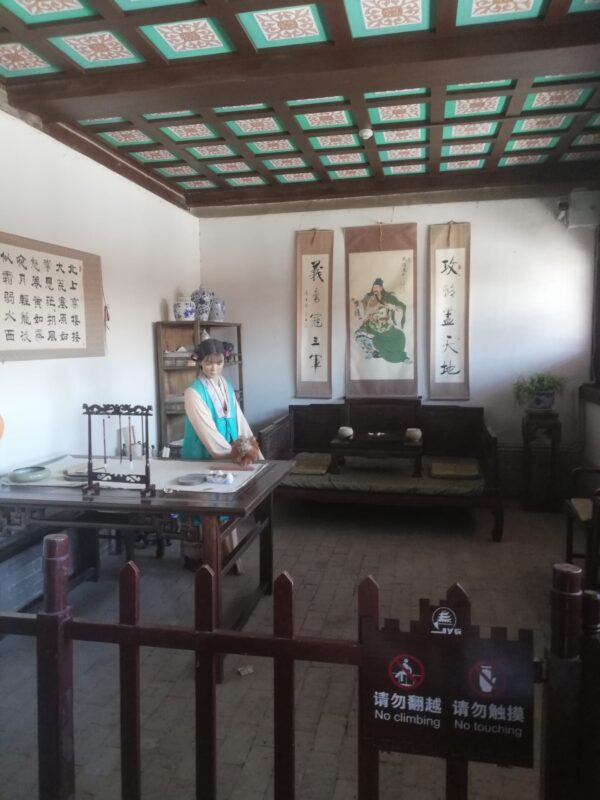
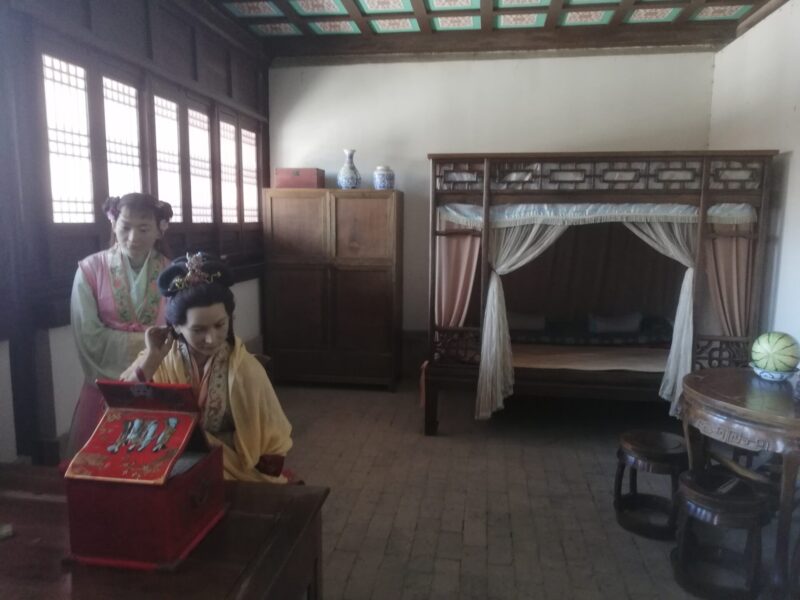

Making dough strips
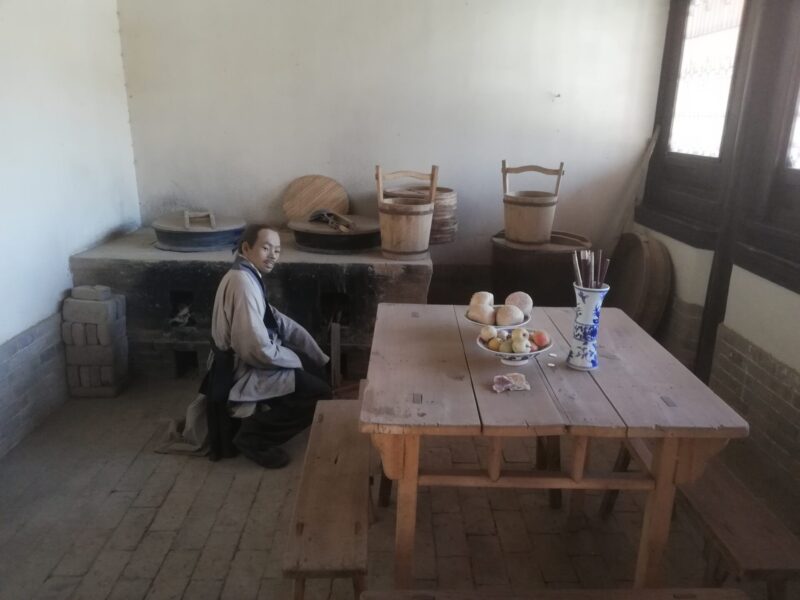
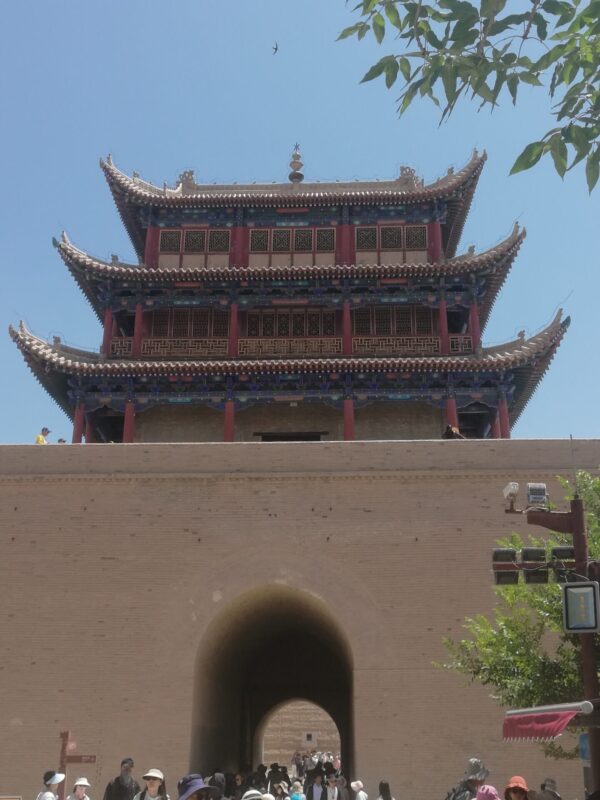
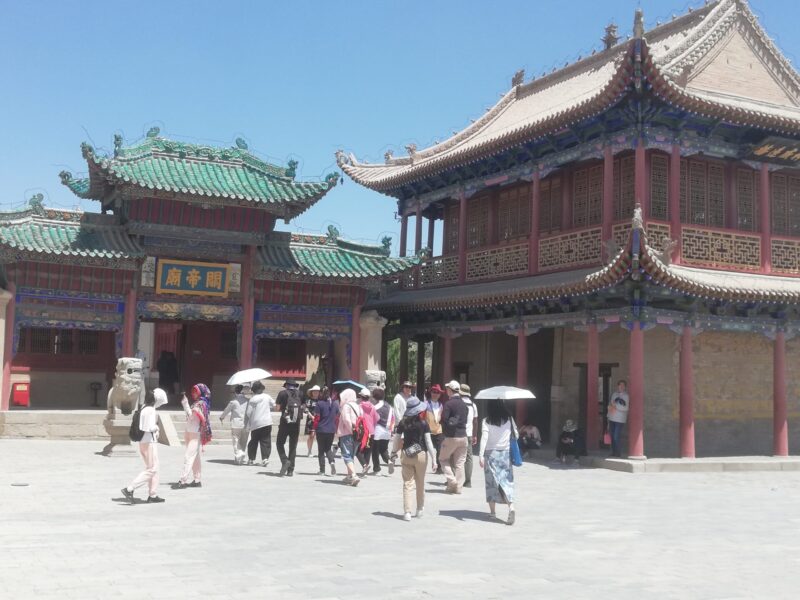
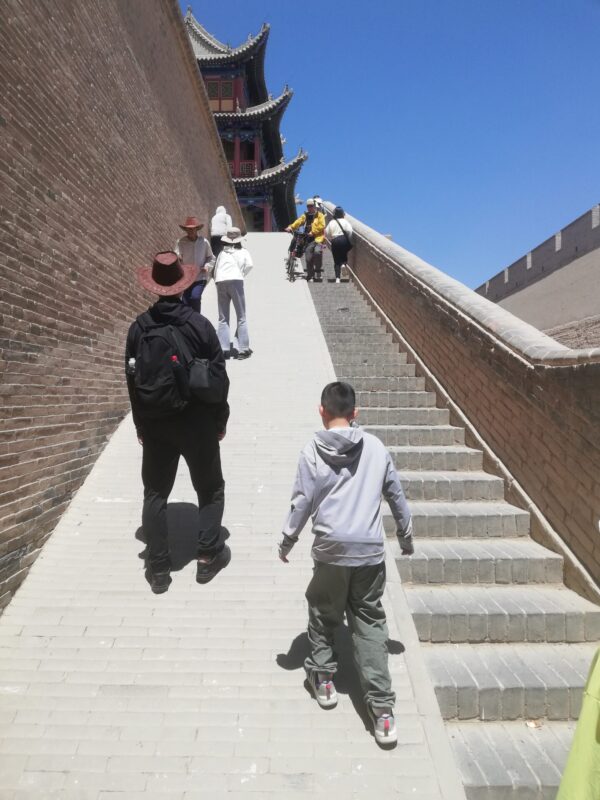
The Riding Track
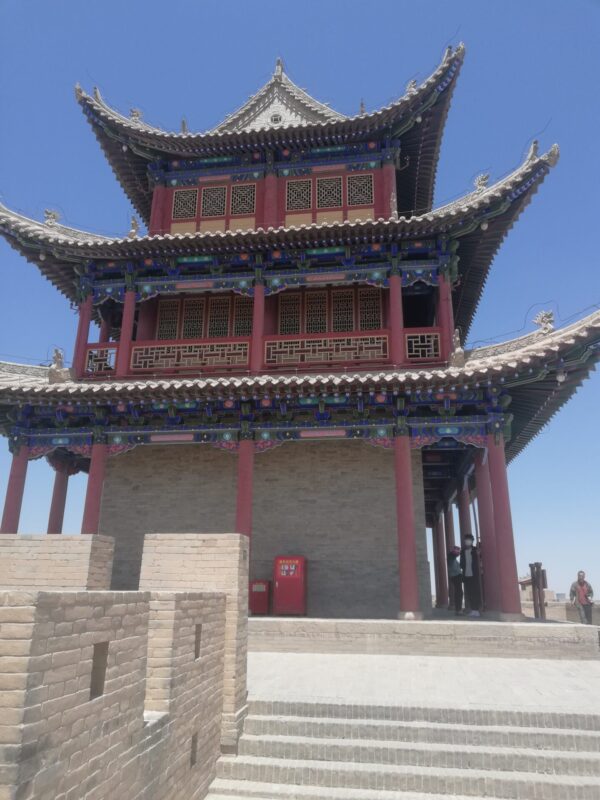
Garrison Tower
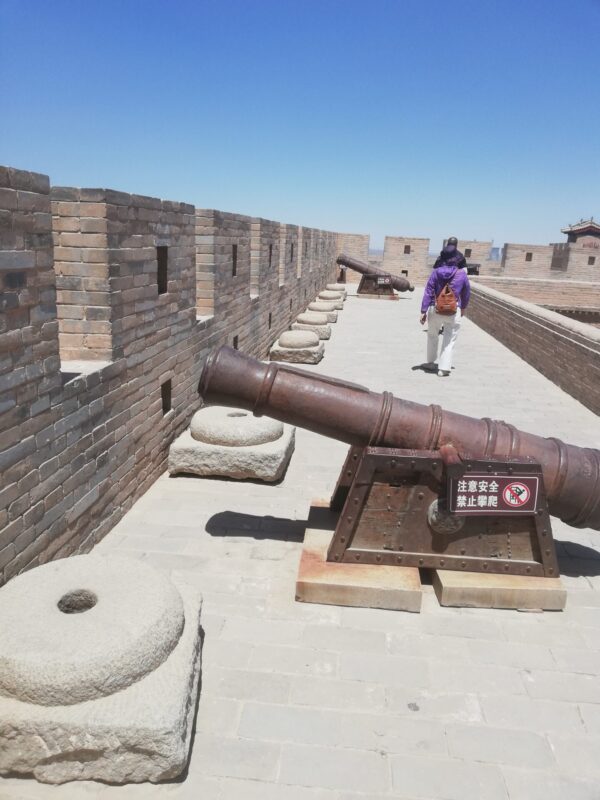
Plinth stones

View to the east from the outer wall
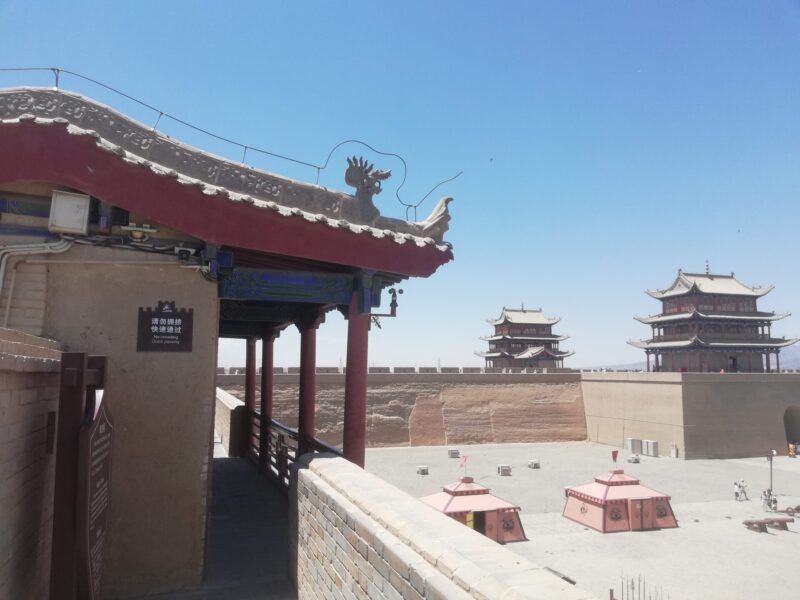
Garrison towers
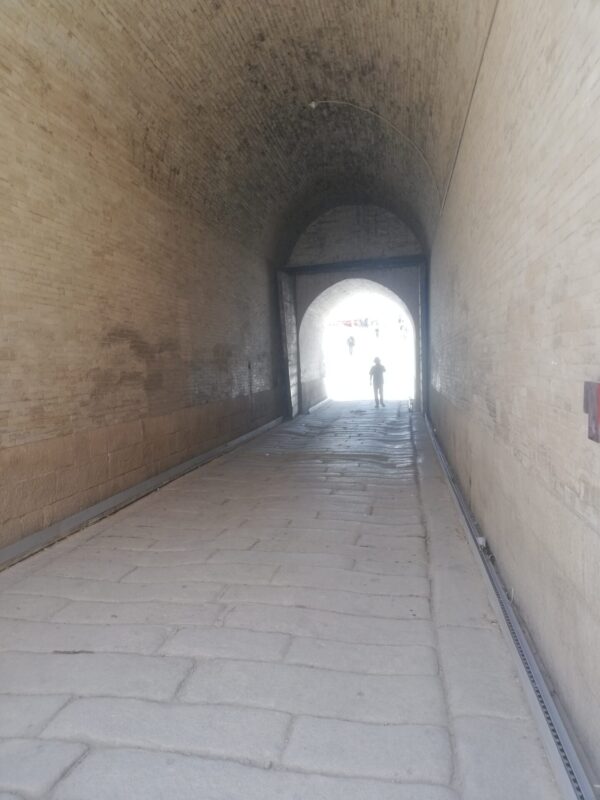
The West Gate
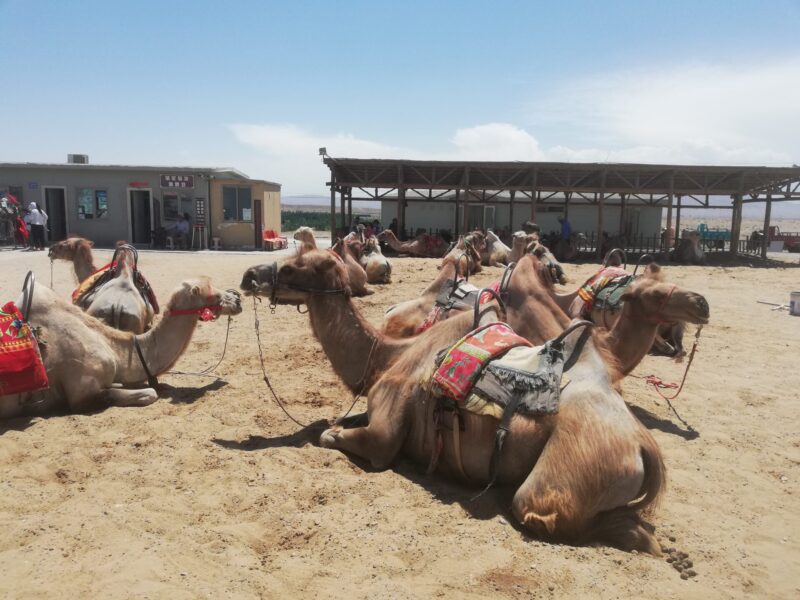
Outside the West Gate
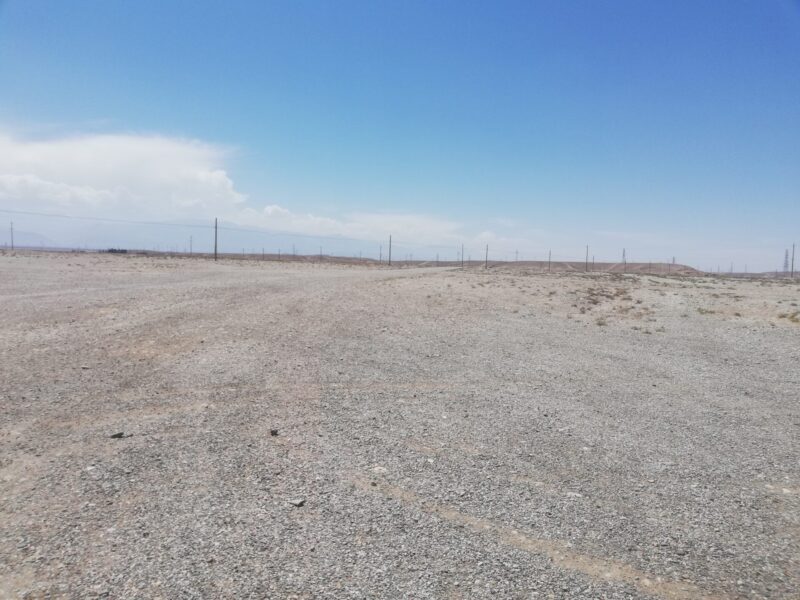
View confronting Mildred Cable as they set off
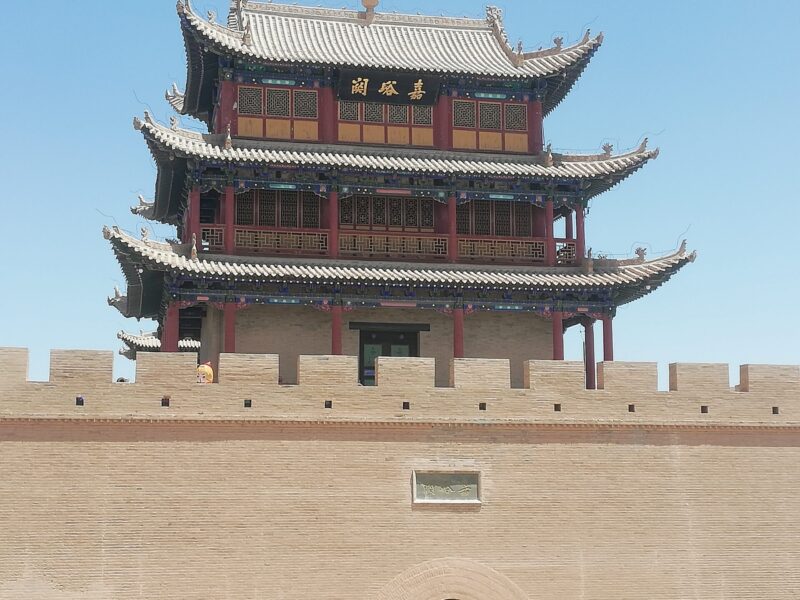
The view she left behind
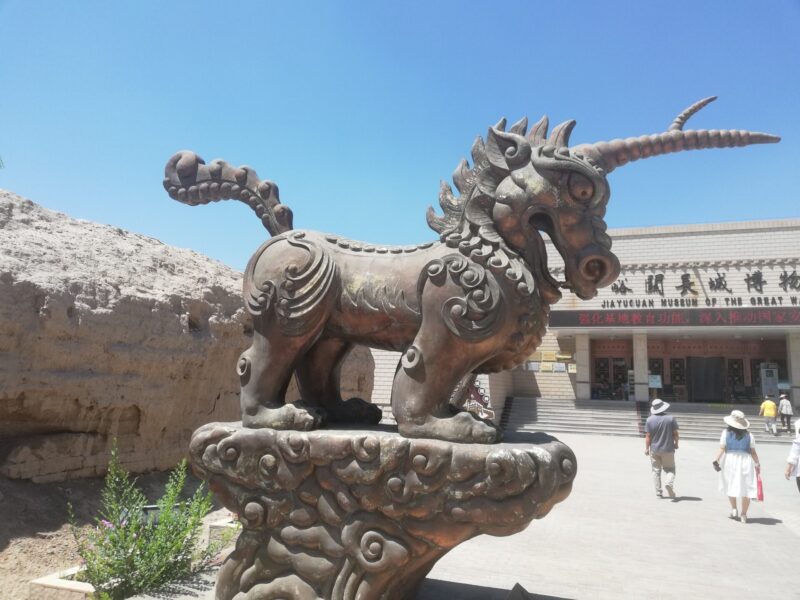
Silk Road Museum
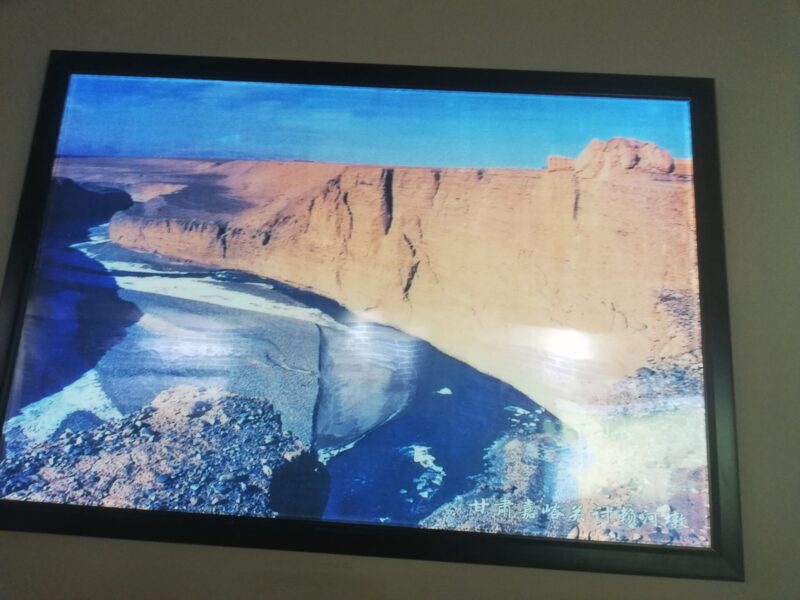
Western end of the Great Wall
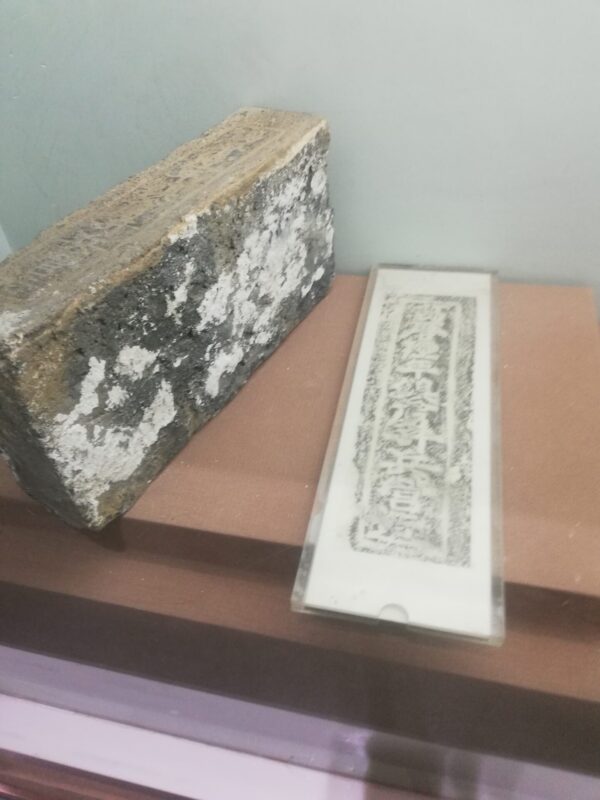
Bricks from the Wall with the makers name on them
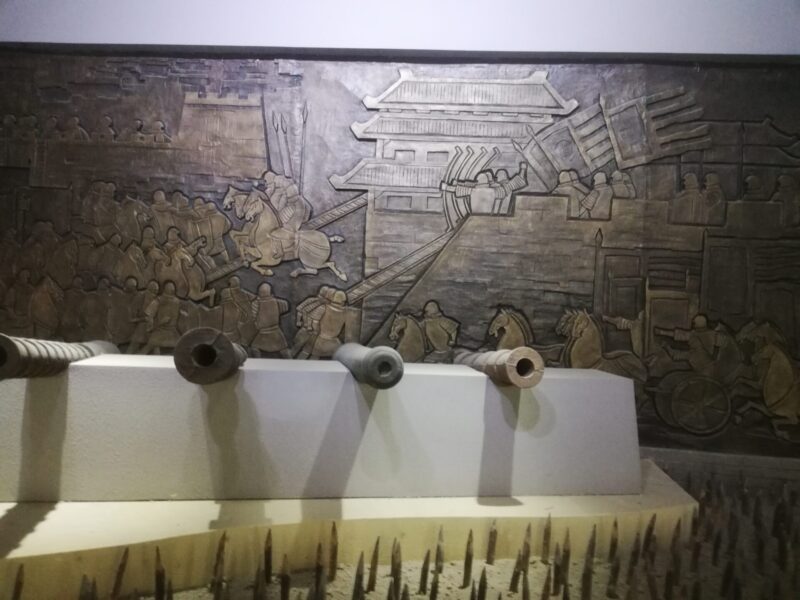
Scene from battle of 121 BC
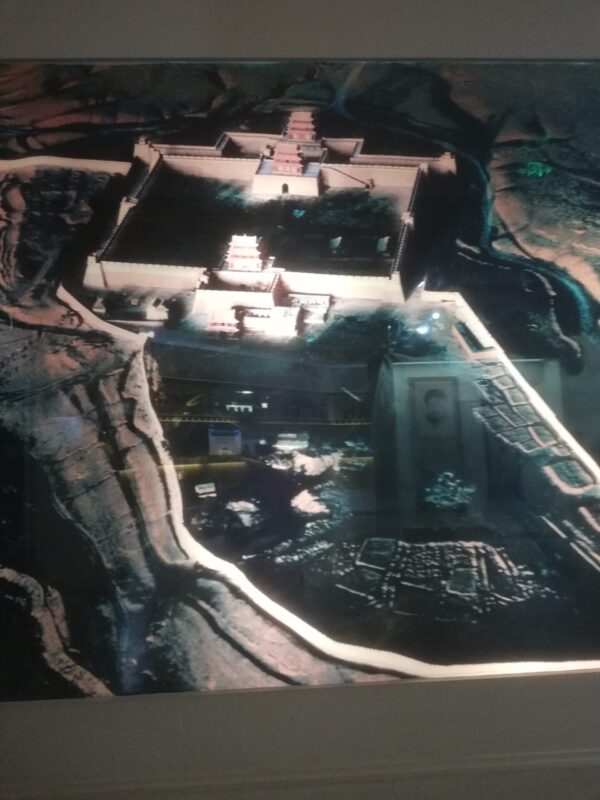
Model of fort
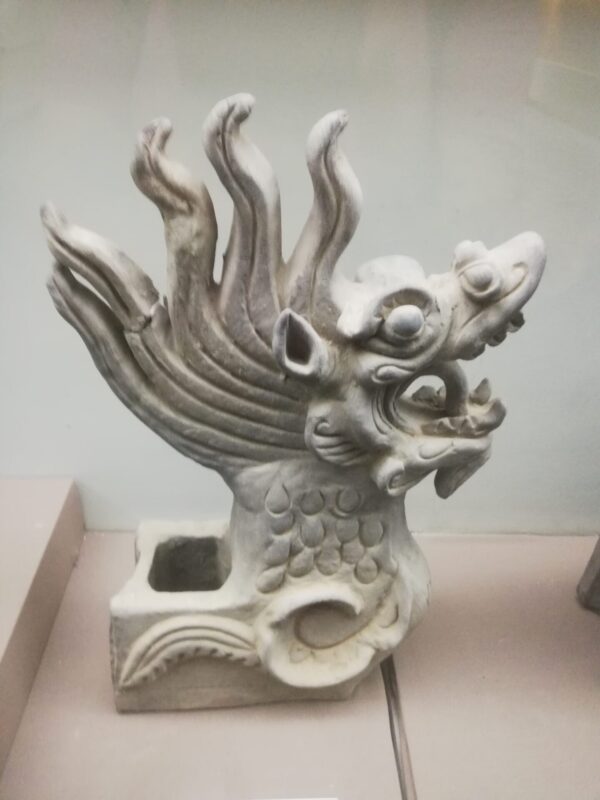
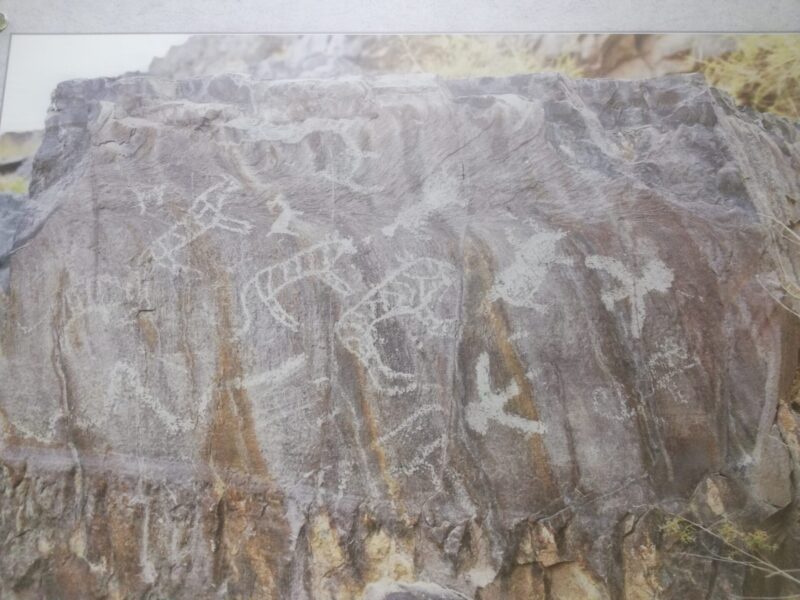
Rock paintings from a mountain near Jiayuquan

The desert west of the fort

Tiles from gateways in the fort
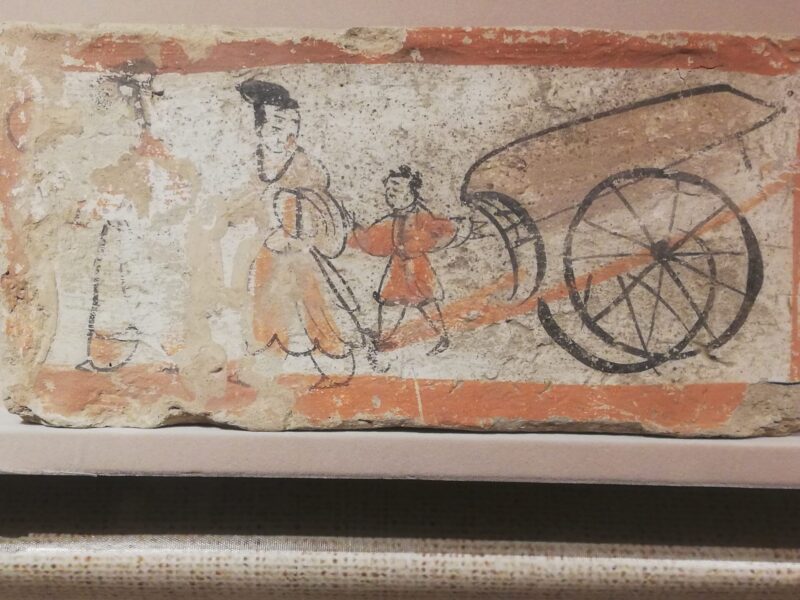
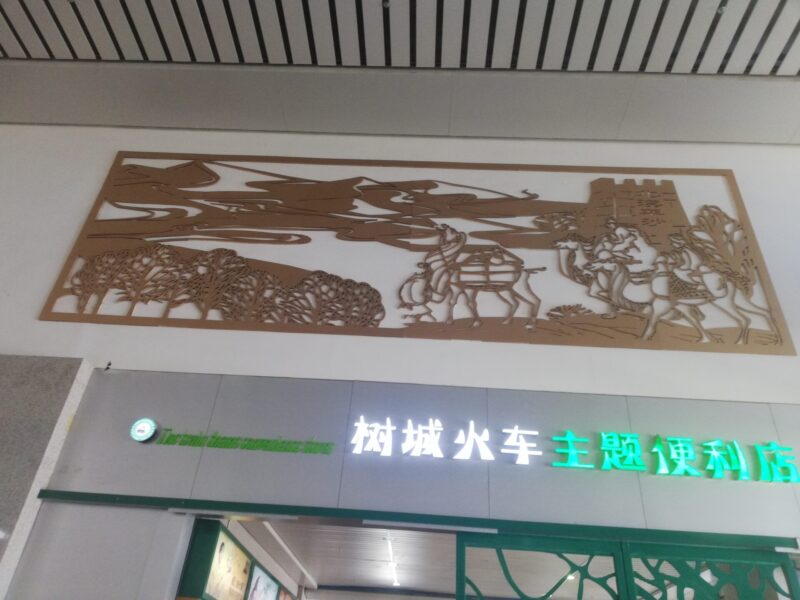
Murals in Jiayuquan South station
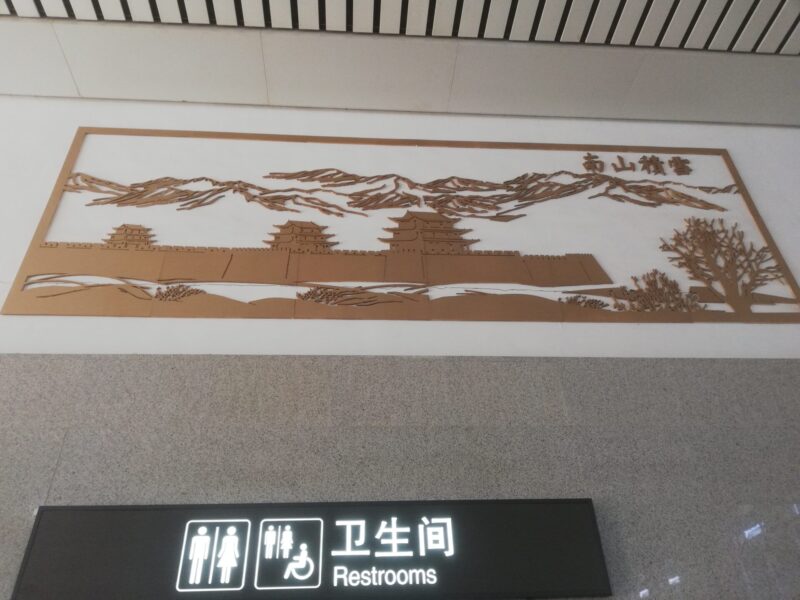
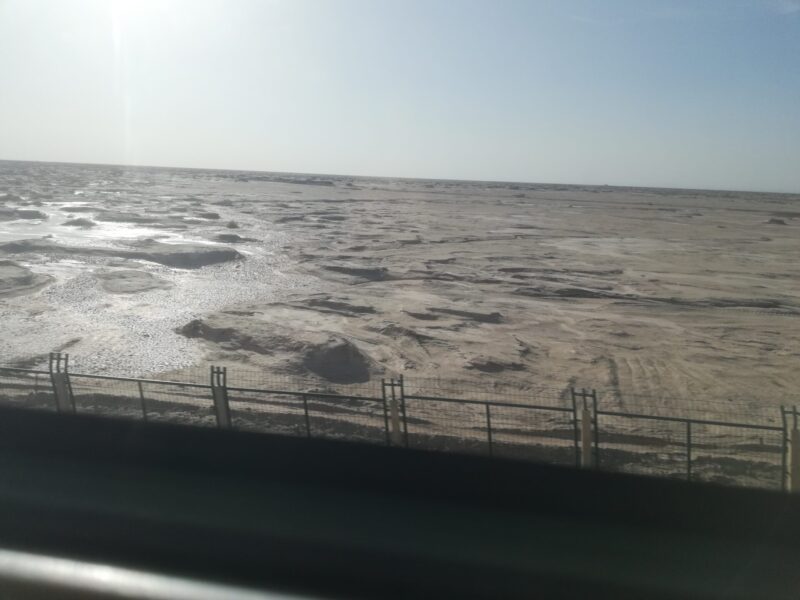
The desert between Jiayuquan and Dunhwang